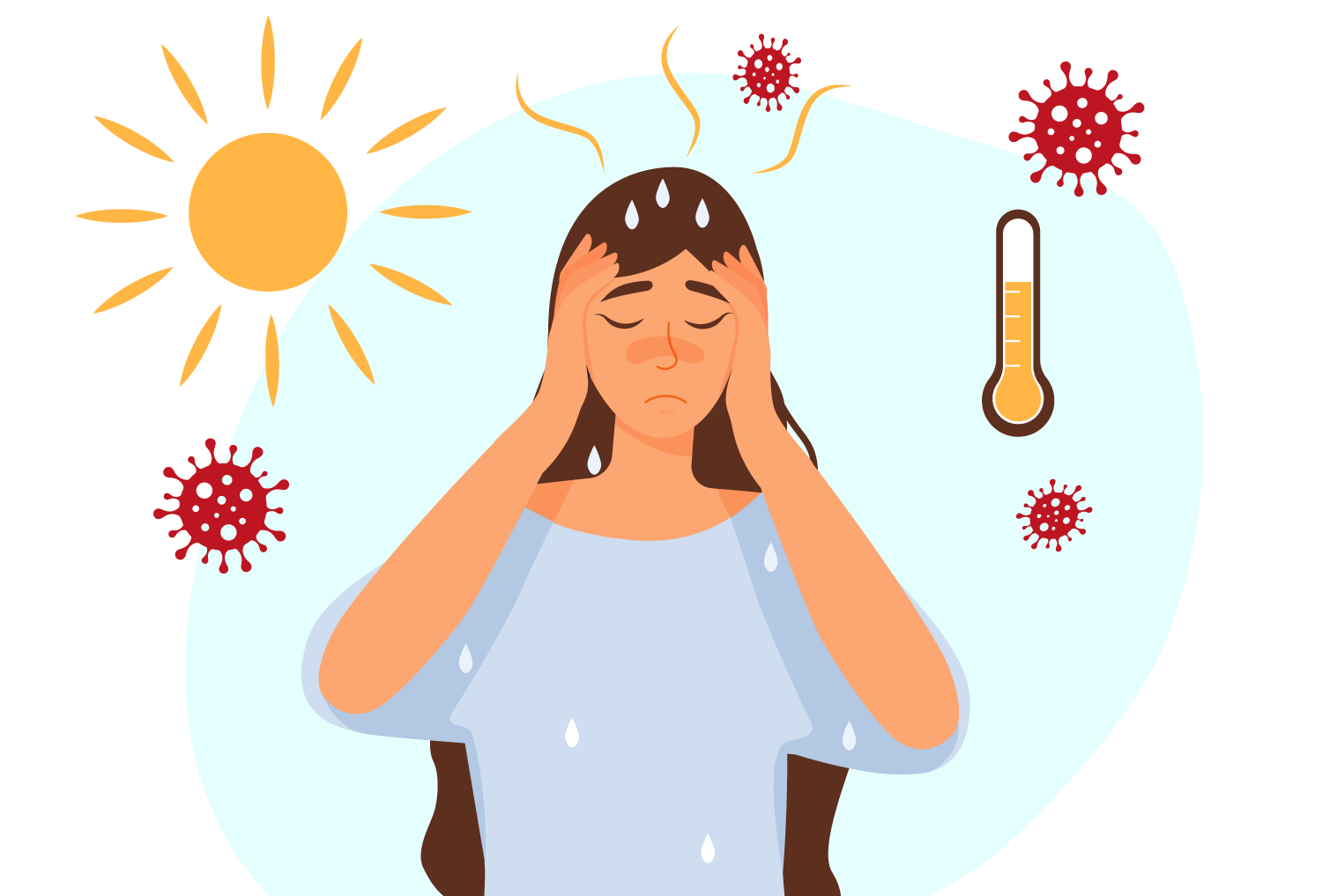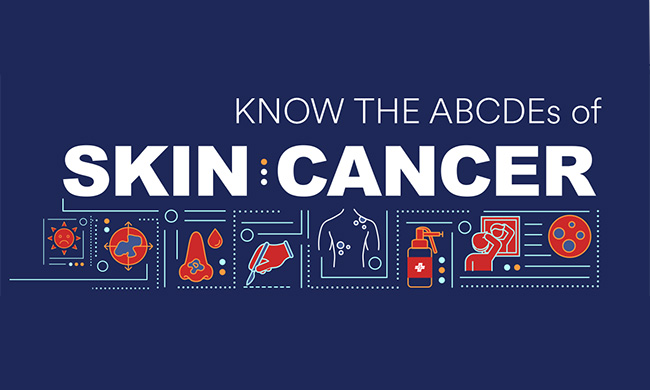
Urgent Care vs. ER Visits: What to Know and Where to Go
According to the Centers for Disease Control (CDC), about 22% of all Americans visit an emergency room (ER) at least once a year. ER visits can be stressful and expensive, and while there are many incidents that undoubtedly warrant a trip to the emergency department, others may be addressed at an urgent care visit.
Selena Gurley, MSN, FNP-C, Director of Clinical Quality and Excellence at Fast Pace Health in Franklin, TN, explains that, because ERs are not first-come, first-served businesses, a patient may be waiting for hours to be seen for conditions deemed non-emergent. Unfortunately, this means that a visit to the ER may leave you stuck waiting for lengthy periods of time, even with painful symptoms.
“[ERs] triage patients based on severity of illness,” Gurley explains. “This could lead to long wait times dependent on how many patients with emergent conditions come through their doors.”
Emergency Departments: What are the Pros and Cons?
Odds are, if you are in a situation where you urgently need to be seen by a medical professional, you won’t be consulting a checklist to determine the best place to go. Regardless, there are some important considerations to keep in mind before you pull up to your closest ER.
Pro: As Gurley explains, the ER has access to more screening and testing options. This could include CT scans or same-day blood tests.
Con: You will likely spend more time in the ER if you need those screening and testing options, whether it be waiting for the appropriate personnel to conduct them or waiting for results.
Pro: And while you will always be seen by a medical professional even if your case is less emergent than others.
Con: Depending on the issue, a visit to the ER may end up being more costly.
The Urgent Care Experience
So, what’s the alternative if you don’t think your condition qualifies as ER-level severe?
An urgent care facility may be the answer—you’ll still be seen by a qualified medical professional. Gurley says urgent care providers typically offer shorter wait times and provide a little extra TLC to patients because they are usually not battling life or death issues when they arrive.
Urgent care visits often mean less of a blow to your pocketbook, too, Gurley says.
If you aren’t sure which facility is best to treat your condition, you can, in some situations, start with urgent care, where the staff can screen patients for those that may need a higher level of care such that an emergency department would be able to provide.
“We can coordinate transfer to an ER if needed, once we deem higher level of care is warranted,” Gurley says.
There are some cases, however, where the ER should be the first and only answer.
“I would suggest that anyone involved in a car wreck or other trauma go to the ER, especially if [the patient is] seeking care after the event [for the first time],” Gurley explains. “We do not have the equipment to support this type of exam.”
Urgent care can be described as a middle ground between a patient’s primary care provider and the ER, when the former is not urgent enough and the latter is too much so. PCPs often only have daytime, weekday availability, and could have their schedules fully booked for weeks or even months.
Urgent care facilities are usually open seven days a week, often with highly-accommodating or extended hours. Some urgent care centers even allow patients to call ahead or request certain time slots, an ideal solution for parents who need to bring in a sick child after work. Fast Pace Health, for example, accepts walk-in patients but also has an option to Reserve Your Spot in Line.
Navigating Conditions and Symptoms
So, you now may be wondering which symptoms and conditions should be sending you to the ER, and which can be seen in urgent care. Here is a quick rundown:
Visit Urgent Care for
- Sprains
- Skin rashes
- Fractures
- Infections
- Common illness
According to Gurley, infections could include urinary tract infections (symptoms: burning or frequency with urination, flank pain, fever), STIs (symptoms: vaginal or penile discharge with odor or color), dental infections (symptoms: swelling of jaw or gums with pain, fever), or cellulitis/skin infection (symptoms: redness and heat in an area of skin that recently had a cut or opening to allow in bacteria).
“If any of these conditions progressed with worsening of symptoms that would alter vital signs or risk sepsis, however, an ER visit is warranted,” Gurley advises.
Parents can be anxious and overwhelmed to the point of visiting the ER in a panic when their child is ill. Gurley says that most common pediatric illnesses (RSV, rotavirus, bronchitis, influenza, etc.) can be adequately handled through urgent care, as long as the child is healthy without any congenital or chronic conditions that would alter treatment or exacerbate the illness.
There are a few exceptions: Gurley recommends that infants under one year old go to their pediatrician if possible, and any child that is not drinking, has vomited more than three times or hasn’t urinated at least three times in the last 24 hours, or has had any seizure activity should immediately go to the ER .
“Kids can get sick so fast,” Gurley says. “If a parent ever has a gut feeling, they should listen to it.”
Visit the ER for
- Seizures
- Heavy bleeding
- Major trauma
- OB complications
- Chest pain
- Life- or limb-threatening conditions
All in all, patients are encouraged to make decisions based off their own unique medical histories, symptoms, and emergence of their condition.
“In a nutshell, the ER costs more,” Gurley says. “The wait time is longer, and there is no time for that extra TLC, like diagnosis education.”
—-
To find the Fast Pace Health clinic closest to you, visit our website’s locations page.
This entry was posted on April 27, 2022
Related Resources


